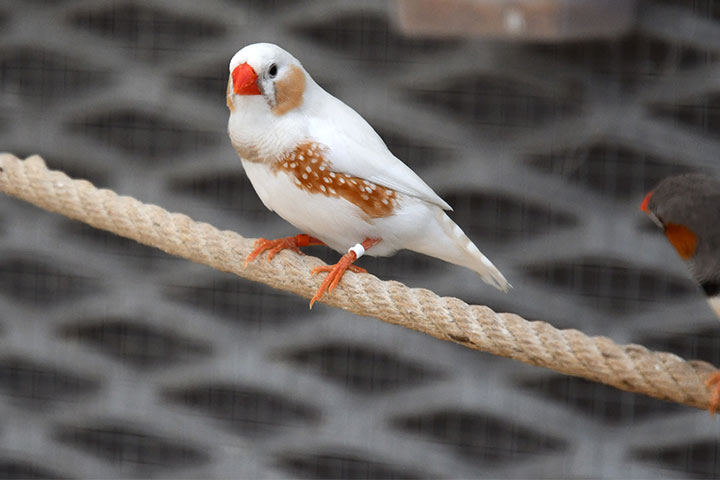
Commentaire sur l’article « Inception of memories that guide vocal learning in the songbird »
Le site web « Le blob » (Palais de la découverte / Cité des Sciences) présentait récemment en vidéo (https://leblob.fr/environnement-nature/des-chants-implantes-dans-le-cerveau-oisillons) une publication récente de chercheurs américains qui ont pour la première fois réussi à implanter directement dans le cerveau de jeunes oiseaux des chants qu’ils n’avaient jamais entendus.
Arthur Leblois, chercheur à l’IMN, nous apporte (in english) son point de vue sur cette recherche :
Songbirds rely on complex learned vocalizations to communicate during courtship or aggressive behaviors. These vocalizations are learned early in life by imitating an adult bird referred to as the tutor (often their father). Like human babies, juvenile songbirds are exposed to adult vocalizations before their start singing, and they supposedly build a neural representation of the tutor song during this early sensory learning period. Then, during the subsequent sensorimotor learning phase, the young birds will start to vocalize, initially producing babbling sounds and then slowly adapting their vocal output to imitate the tutor song. As the exposure to the tutor song is not necessary anymore during the sensorimotor learning phase, it is believed that young birds rely on an internal representation of the tutor song to guide sensorimotor learning. The precise locus of this memory of the tutor song in the avian brain remained however unknown.
In their article untitled « Inception of memories that guide vocal learning in the songbird », Todd Roberts and colleagues, from the University of Texas, have identified the locus of the tutor song memory. Remarkably, they have successfully shaped the learned song of juvenile zebra finches by hacking the memorization process. The activation of the synaptic connections linking high sensory cortical-like areas to the motor nucleus driving song production with patterned optogenetic stimulation in juvenile birds guided the learning of song-element duration. Whether the juvenile birds received the optogenetic stimulation alone or in combination with normal tutoring by a live male bird, the acquired song displayed syllables which duration was closely following the optogenetic stimulation pattern. The same pathway is necessary for the normal imprint of tutor-song memory, as its genetic ablation before (but not after) tutoring prevented normal song imitation.
Shaping behavior through the modification of the neural activity underlying the representation of a goal before learning takes place is, by itself, an impressive landmark. But this study also reveals the mechanisms at play during natural song learning. The existence of a ‘template’ representation of the tutor song, stored in high auditory brain areas and guiding learning in juvenile birds, was hypothesized for five decades (Konishi, 1965). The locus and nature of this representation remained however unknown. The present study has revealed that a small nucleus at the interface between high auditory areas (where it lies) and motor control areas (where it projects) is holding a temporal representation of tutor vocalizations that guides song learning and shapes the duration of acquired syllables. Whether other acoustic features of the tutor song are also represented in this nucleus to guide song learning and shape syllable acoustics remains an open question. The possible dichotomy between the adjustment of the temporal envelope of an action sequence and the nature of each subsequent action may ease the learning of complex action sequence. Future studies should determine whether the adjustment of song acoustics is guided by the same representation of the tutor song, a different representation in the same brain pathway, or by a different set of neural circuits.

Arthur Leblois
Researcher – CNRS
Team « Physiology and pathophysiology of executive functions » – IMN
Référence de l’article
Mise à jour: 18/11/19
